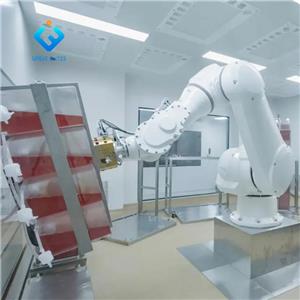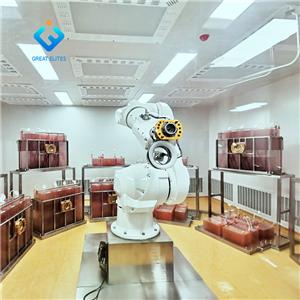Environmental factors of cell culture
Environmental factors of cell culture
1. Sterile environment
Nontoxicity and sterility are the primary conditions for cell culture in vitro. In vivo, the detoxification system and immune system of cells can resist the invasion of microorganisms or other harmful substances. However, in the process of in vitro culture, cells lack the protection of the immune system of the body and lose the ability to defend microorganisms and detoxify harmful substances. In order to ensure that cells can grow and reproduce in vitro, it is necessary to ensure sterile working areas, good personal hygiene, sterile reagents and culture media, and sterile operations.
Common microbial pollution includes mycoplasma, bacteria and fungi. Mycoplasma has no lethal toxicity, can coexist with cells for a long time, and has potential effects on cells. However, it is small and difficult to identify. It can be detected by lichen red or hoechst33342 staining. The bacteria proliferate rapidly and can expand in a large amount in a short time, and produce toxins to kill cells. There are many kinds of fungi, which can be seen by the naked eye. They float on the culture liquid surface and can be filamentous, tubular or dendritic.
2. Proper temperature
Generally, the suitable temperature for mammalian and avian cells to be cultured in vitro is 37-38 ℃, and the inappropriate environmental temperature will affect the growth of cells. The cell's tolerance to low temperature is stronger than that to high temperature. At low temperature, the cell's metabolic activity and nuclear division ability decrease. If the temperature is not lower than 0 ℃, cell metabolism is affected, but there is no damage; At 25 ~ 35 ℃, the cells grew slowly; However, if it is placed at 40 ℃ for several hours, it is not conducive to the survival and growth of cells, and may even lead to their death.
3. Suitable osmotic pressure
Hypertonic solution or hypotonic solution may cause cells to wrinkle, swell and rupture. Therefore, osmotic pressure is one of the important conditions for cell culture in vitro. Most of the cells cultured in vitro have a certain tolerance to osmotic pressure. In practical application, the osmotic pressure of 260-320mmol / l can be applied to most cells.
4. Gas environment and pH
The in vitro culture of cells requires an ideal gas environment, and oxygen and carbon dioxide are the necessary conditions for cell survival. Oxygen participates in the tricarboxylic acid cycle of cells and provides energy for cell survival, metabolism and synthesis; Carbon dioxide is not only a metabolic product of cells, but also an essential component of cell growth, and it is also related to maintaining the pH of the culture medium. The suitable pH range for most cells is usually 7.2-7.4. In the open culture, 5% carbon dioxide was the best.




